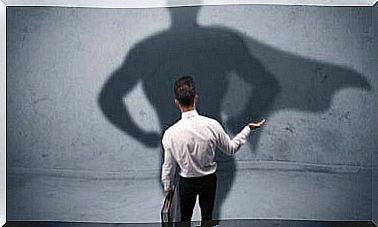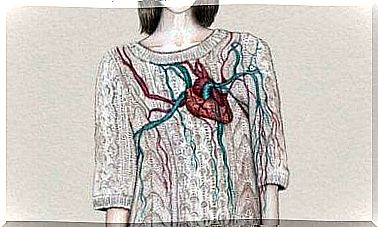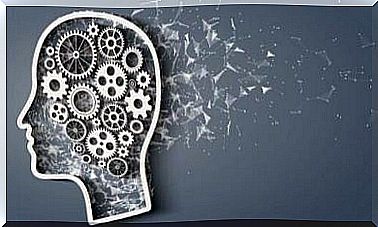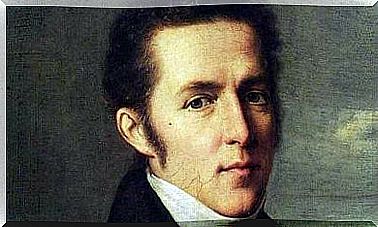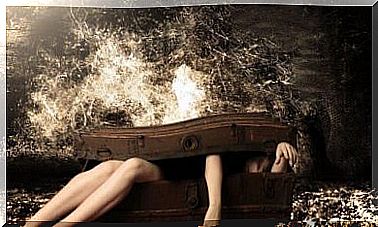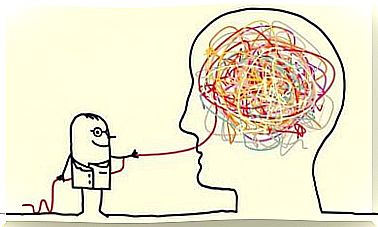Salvador Dalí: Crazy Or Genius?
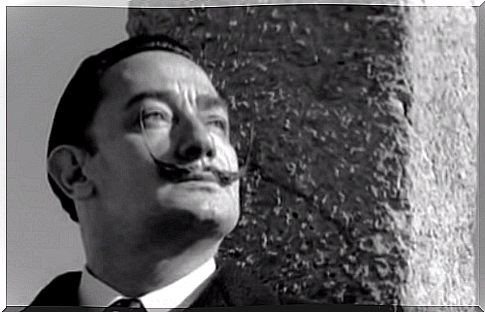
Extravagant, provocative and controversial. One of the most eccentric figures in the art world and, without a doubt, a true genius. Defining Salvador Dalí can be risky: his life and his work have always gone hand in hand. A marked identity which is imbued with his works. It is difficult to classify it or compare it with other artists.
Dalí is one of those art wizards whose imprint is evident in all his works. One of his paintings can be recognized even if you are not an art expert. His sign is perfectly recognizable and this means that the authorship of his paintings is never doubted.
The surrealist par excellence and one of the most prolific artists of the twentieth century, although during his hyperrealist phase his love for classical and Renaissance art was also evident. In addition to his numerous paintings, he worked in the fields of sculpture, fashion, writing and cinema.
An artistic legacy through which he was able to express his hallucinations and dreams through visual language ; the dream dimension is very present in his work. Like few others, he handled religious symbolism and captured it in his works, full of iconic images. Controversial and extravagant, there is no doubt that Dalí was much more than just an artist.
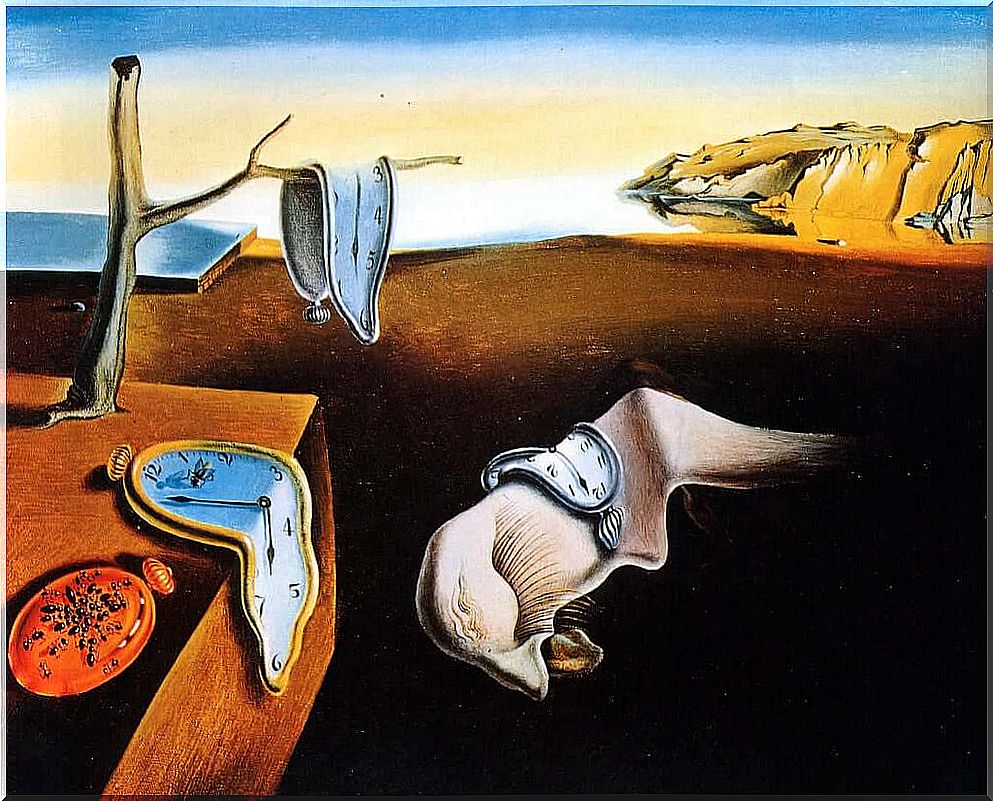
Childhood and youth
Salvador Dalí was born in Figueres, a city of Catalonia, on 11 May 1904. There are no great details of his childhood: Dalí himself used to comment that as a child he suffered from strong attacks of anger and rage towards his schoolmates and even his parents. It seems that, despite everything, he was a very intelligent boy who stood out for his gifts in plastic art.
Before he was born, his parents had another son, who was named Salvador. He died when he was three, shortly before the Dali we all know was born. Throughout his life, Salvador Dalí carried the burden of his elder brother upon him, as if he were a part of the deceased brother who, somehow, had died in order for him to become immortal.
We can find this idea in an infinity of artistic manifestations both in the form of a double identity and an identity crisis. A good example of this is found in Leopoldo María Panero’s poem El Circo .
In 1921, when he decided to move to Madrid to study art, he was still quite young. He enrolled in one of the centers from which some of the greatest Spanish artists of the twentieth century came, the Residencia de Estudiantes; in this place, he met other geniuses of the time such as Luis Buñuel and Federico García Lorca.
However, his stay in the school was marked by his political activities against the government, which cost him a brief imprisonment and subsequent expulsion from the Residencia.
Salvador Dalí: the discovery of surrealism
In 1928, Salvador Dalí moved to Paris, a place that will bring him to his first contact with surrealism. Surrealism is an almost poetic movement that understands other art forms as artistic expressions of poetry.
In addition to this, it takes its cue from Freudian influences on the dream dimension, consequently it goes beyond realism. However, this artistic movement ended up taking on an infinite number of political connotations; the surrealists believed that the artistic revolution had to go hand in hand with the political revolution.
Dalí partially dissociated himself from this idea and decided to change his own reality. He did not commit himself politically and developed what he called the paranoid-critical method. He described it as: “a state in which one can cultivate illusions while maintaining one’s sanity.” Around the same time, he met Gala, the woman who would become his wife and muse.
The unmistakable style of Dalí and the exaltation that he himself made of his person and his work also cost him the expulsion from the surrealist movement. As he gained more and more fame through his paintings and his dabbling in cinema and sculpture, the same could not be said of his image, which began to lose credibility.
The truth is that Dalí was quite a narcissist and loved being the center of attention, being in the spotlight. Remember the photo of Dalí taking an anteater for a walk? Undoubtedly, he took extravagance and art to extreme levels never seen before.
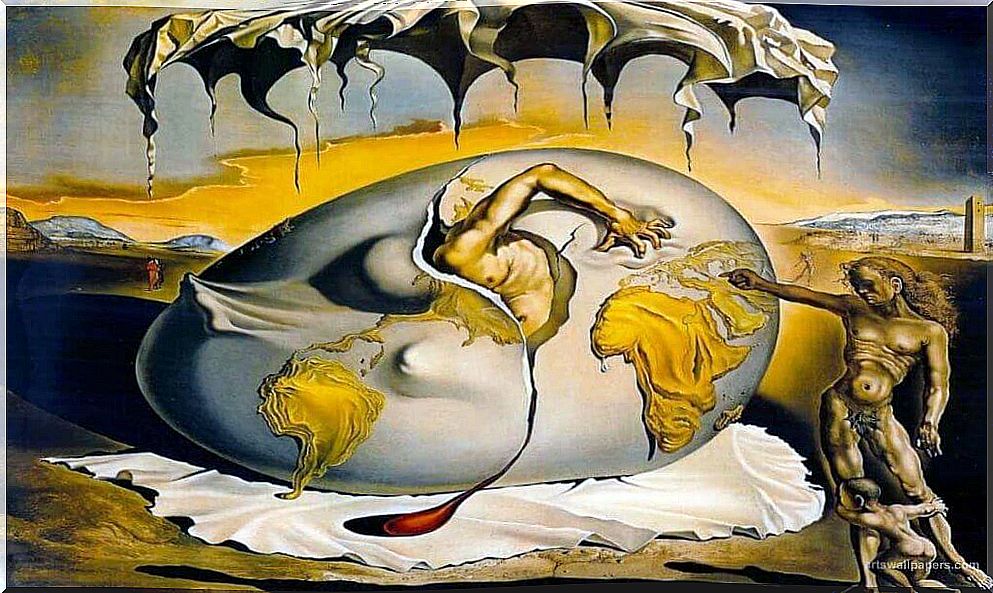
Salvador Dalí: works and inheritance
Death and decadence mixed with a marked eroticism are present in all the works of Salvador Dalí. These works are a projection of the psychoanalytic theories of the time, which strongly influenced his work and personal life.
Fetishes, religious symbols, almost magical animals, fantastic machines… Dalí used the psychoanalytic technique of free association to capture the content of his unconscious on the canvas. It disrupted reality or even distorted it. It projected personal catharsis, metamorphosis and evoked chaos. An unmistakable work that, despite the years, continues to be applauded and praised.
Salvador Dalí died in 1989 after a life full of controversy, eccentricity, controversy and masterpieces. His great talent guaranteed him numerous successes, but also strong criticism. His controversial life and personal image were perhaps more commented on than his works.
Genius or crazy? He was undoubtedly brilliant, although certainly eccentric. If he suffered from a psychological disorder, he was able to extract all its essence and paint it on canvases that still fascinate us today.
